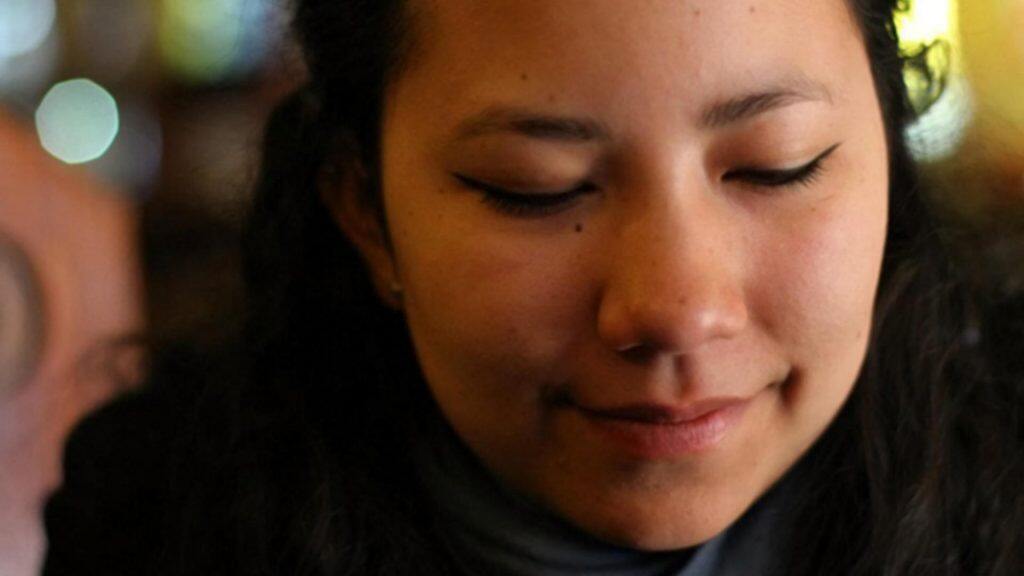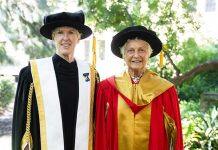A graduate from MSc Forensic Art & Facial Identification (now MSc Forensic Art & Facial Imaging) is using DNA to create virtual facial reconstructions in a bid to identify hundreds of human skeletal remains.


Desirée Davis graduated in 2018 but has worked as a forensic artist within Australian law enforcement since 2013 and is now applying the techniques and principles she learned at the University of Dundee to her role within the Australian Federal Police (AFP) craniofacial reconstruction (CFR) capability.
She began studying an undergraduate degree in Visual Arts in Australia and attended the University of Dundee via an exchange programme in 2011. During her time on the programme she studied Art, Science and Visual Thinking, a module which encouraged artists to partner with scientists to produce engaging visuals that promoted scientific principles.
With a strong interest in portraiture and forensic science, it was at Dundee she realised there was an opportunity to incorporate both into her studies.
“When applying for exchange to University of Dundee I discovered that for the first time there existed a module which focused on integrating art and science. Previously I had been denied the opportunity to combine these two passions and finally I was able to explore them academically,” explains Desiree.
She studied craniofacial identification and the roles of forensic artists within police forces worldwide which motivated her to pursue a career in the field.
During her final year of undergraduate study, she approached the AFP for an internship with their Facial Identification Team and went on to secure a full-time position as a forensic artist.
Despite being employed, Desirée was determined to develop her skills in craniofacial reconstruction further and she completed the MSc Forensic Art and Facial Identification while working for the AFP.
“I am really grateful that the AFP supported my studies by granting the additional time off work I needed to attend classes on campus. I was also lucky that Dr Rynn and Dr Erolin allowed me to continue part-time study as the course had recently been changed,” said Desiree.
“I think studying part-time, alongside extensive field experience from full-time work, allowed me sufficient time to digest the theory whilst also taking full advantage of the content on offer.”
Desirée is the CFR project lead to support Australia’s new National DNA Program for Unidentified and Missing Persons, led by Associate Professor Jodie Ward (Director of the Australian Facility for Taphonomic Experimental Research at the University of Technology Sydney, AFP).
Launched in July 2020, the Program seeks to apply contemporary forensic techniques to current unidentified human remains (UHR) cases to assist Australian law enforcement to establish their identity, solve long-term missing persons cases, and provide answers to families with missing relatives.
In Australia, there are hundreds of unidentified skeletal remains and 2,600 long-term missing persons. Where possible, these unidentified remains will be examined for DNA and when primary methods of identification have not been successful, Desirée will produce a craniofacial reconstruction.








































